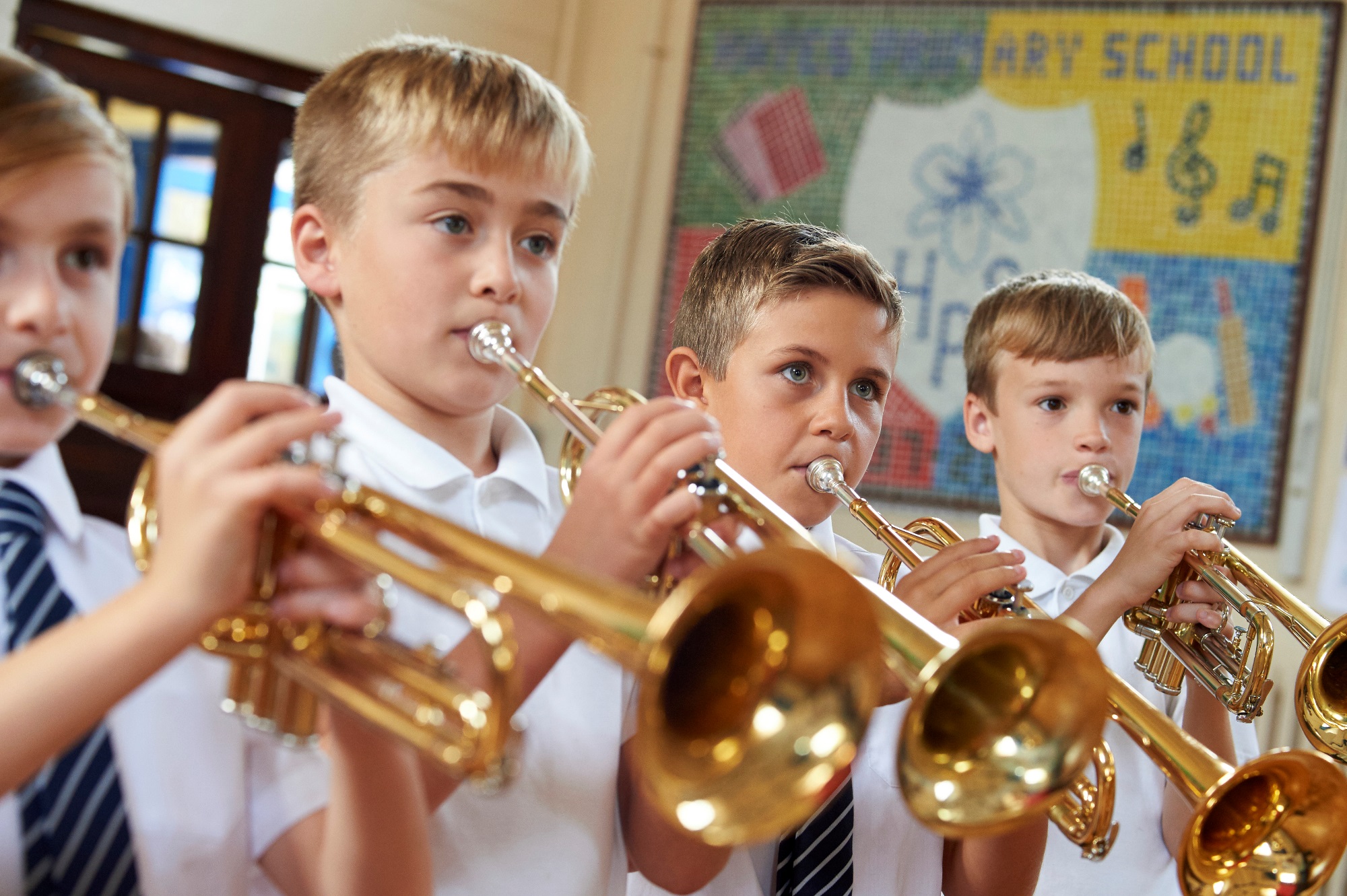Communication and Interaction
Some of the aspects of difficulty included in this area are:
Autistic Spectrum Disorder (ASD)
Pupils with ASD find it difficult to:
- Understand and use non-verbal and verbal communication
- Understand social behaviour, which affects their ability to interact with children and adults
- Think and behave flexibly, which may be shown in restricted, obsessional or repetitive activities.
Pupils with ASD cover the full range of ability and the severity of their impairment varies widely. Some pupils also have learning disabilities or other difficulties, making diagnosis difficult.
Pupils with Asperger's syndrome should be recorded in this category. These pupils share the same triad of impairments but have higher intellectual abilities and their language development is different from the majority of pupils with autism.
- Further information can be found at: http://www.autism.org.uk/about-autism
- Local organisations offering information, advice and support for children and young people with ASD and their families include: www.burgessautistictrust.org.uk and www.caspabromley.org.uk
Speech, Language and Communication Needs (SLCN)
Children and young people may have a range of difficulties with speech and language, some of which may resolve as the student develops.
For some children, such difficulties may be confined to their production of speech. For others, it may be hard to find the right words or to join them together meaningfully in expressive language. They may have problems in communicating through speech and may find it hard to acquire language and express thoughts and ideas. They may experience difficulties or delays in understanding or responding to verbal cues from others, or in understanding and using appropriate language for social interaction.
The fact that a child or young person may understand and speak English as an additional language does not in itself constitute a speech and language difficulty. It is important to note, however, that different languages have different structures/phonologies (sound systems) which can sometimes cause initial short term difficulties.
Further information can be found at: www.afasic.org.uk






